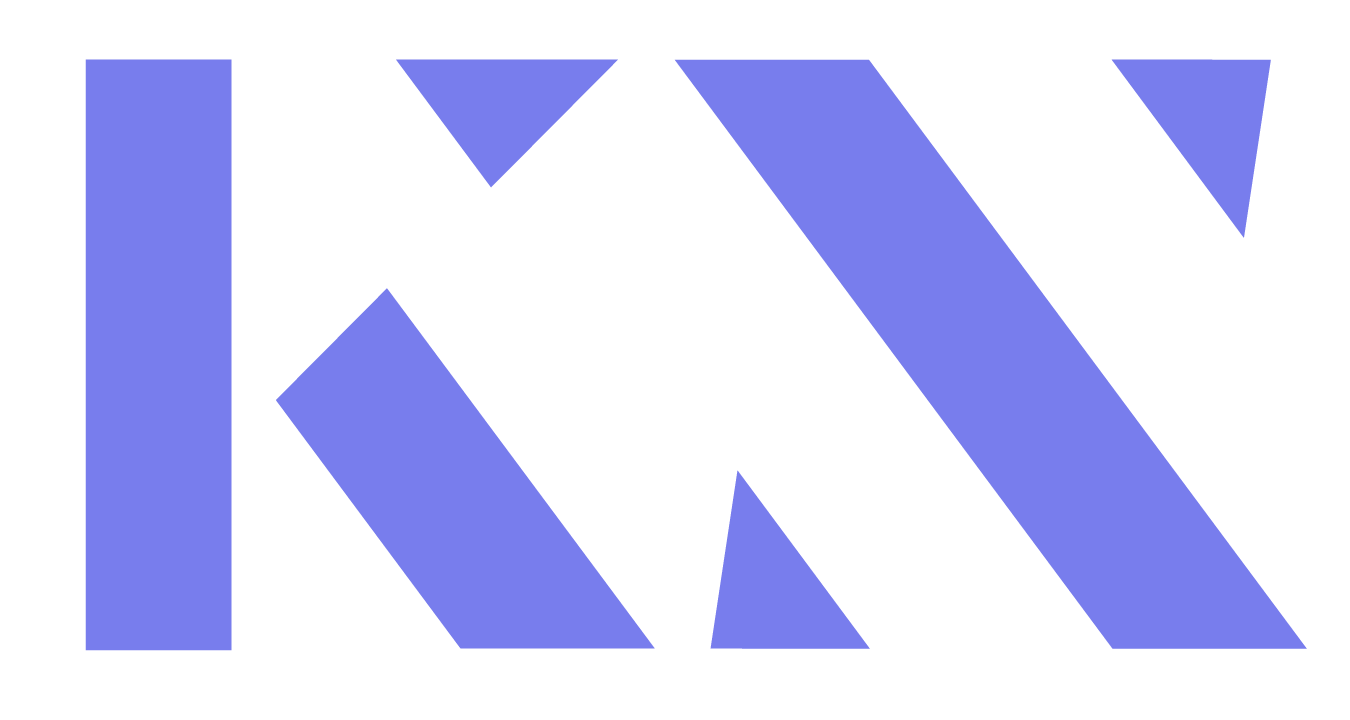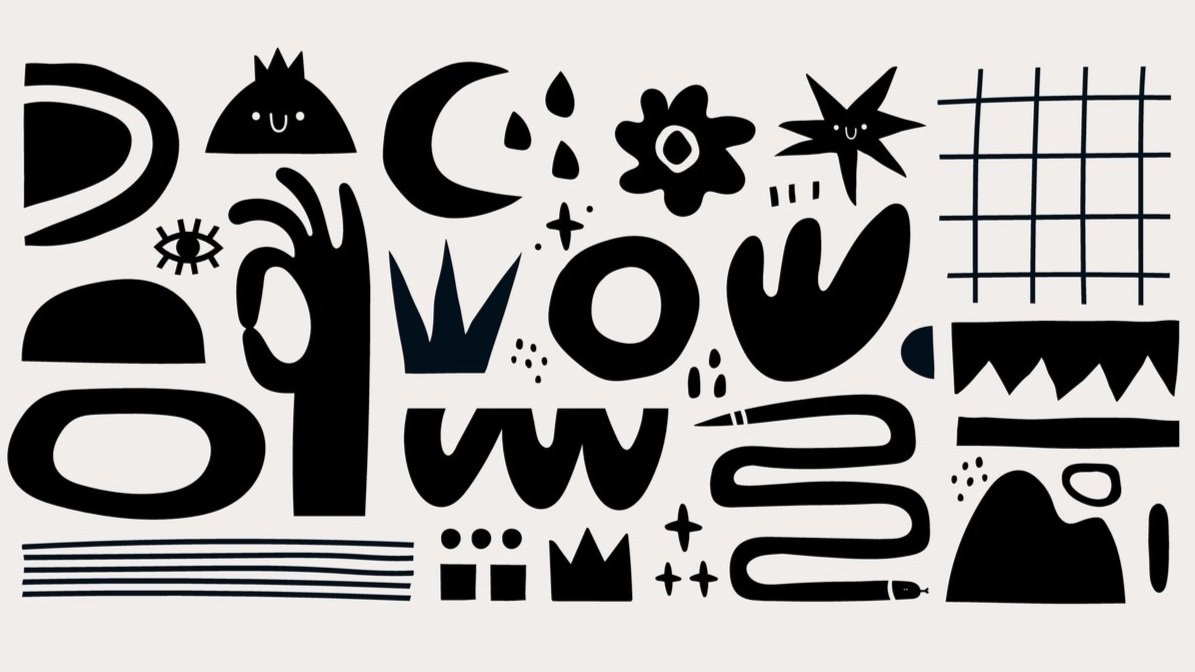
Collective Creativity
Trelleborg
The client:
Trelleborg is a world leader in engineered polymer solutions that seal, damp and protect critical applications in demanding environments.
The task:
How is it that some companies manage to innovate time and time again, while others fall behind?
For the February 2023 edition of T-Time magazine, Patrick Gower interviewed Linda Hill, a professor at Harvard Business School and co-author of Collective Genius: The Art of Practice and Leading Innovation.
Kent Nordic was appointed to work with Trelleborg by Stockholm-based content agency Appelberg. T-Time is Trelleborg’s stakeholder magazine where you can meet Trelleborg experts, read about technological developments, and take deeper dives into emerging trends. The magazine is available in eight languages.
The role:
Content writing
Read the full story here, or check out a snippet below.
Let’s work together
How is it that some companies manage to innovate time and time again, while others fall behind? Linda Hill has spent decades seeking answers to that question.
As the Wallace Brett Donham Professor of Business Administration at the Harvard Business School, she is among the world’s leading voices on leadership and innovation. Hill is also the co-author of ‘Collective Genius: The Art and Practice of Leading Innovation’, a book that tracks leaders at companies spanning Volkswagen, Google, eBay, and Pfizer to find out how they create and sustain a culture that ensures innovation happens and, crucially, keeps happening.
Hill defines innovation as “anything that is both creative and useful” — a definition that incorporates both incremental progress and the breakthroughs that revolutionize entire industries. Her research pioneers a democratic form of leadership over the “visionary” model made famous by the late Steve Jobs at Apple or Tesla’s Elon Musk.
Rather, she believes that solo genius or flashes of inspiration are much less important qualities for leadership than the ability to unlock the “collective genius” of those working in the broader organization.
Successful leaders “seek to make sure that everyone in the organization understands that they have a role to play in innovation,” Hill says. “They have a very democratic notion of innovation, and they focus on building the capability in the organization for everybody to be willing and able to play a role, whether participants are developing a product or service, a business model or a way of executing better.”
This sounds simple, until you consider the balancing act required to make the process work. Innovative companies are nurturing enough to ensure that everybody speaks up, yet disciplined enough to ensure that time isn’t wasted on bad ideas. They are purposeful enough to ensure that resources are used effectively, while recognizing that you can’t plan your way to innovation. They create enough safe space to ensure that competing ideas are heard, while fostering the conditions for creative differences to be debated and resolved.
These tensions can be navigated by utilizing three capabilities that appear in every organization that innovates successfully, says Hill, whether it is an Islamic bank in Dubai or a luxury brand in Korea.
For more, see the full piece, linked above.




